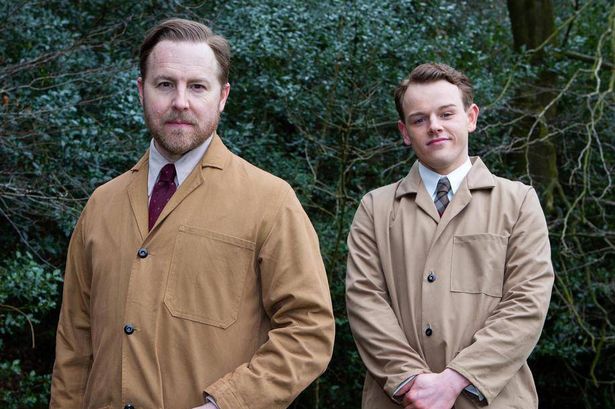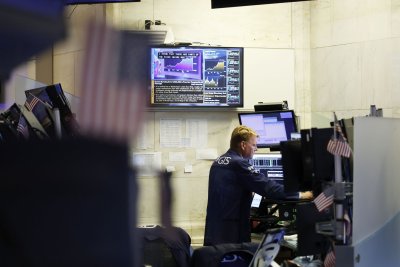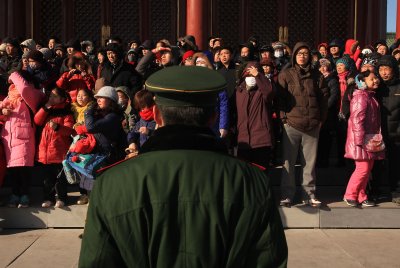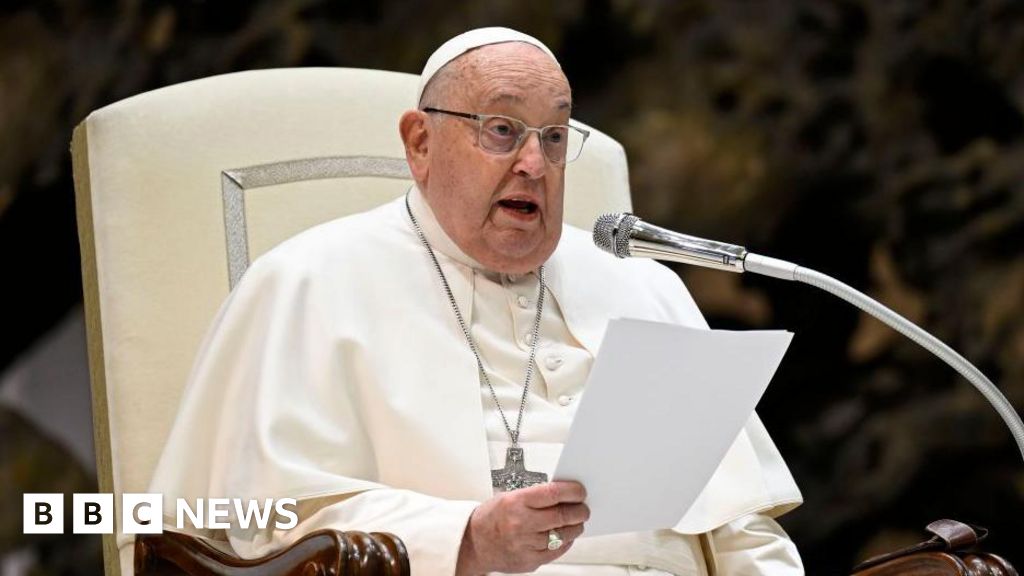All Creatures Great and Small’s Siegfried Farnon actor Samuel West has opened up about his role and feeling ‘slightly jealous’ of his co-star
The sixth series of All Creatures Great and Small is set to grace Channel 5 on Thursday 25 September at 9pm.
In anticipation of the new series, Samuel West, who portrays Siegfried Farnon, has shared insights into the upcoming season. The 59 year old actor has been bringing Siegfried to life since 2020.
Siegfried, the quirky proprietor of Skeldale House veterinary practice, shines in Channel 5’s rendition of All Creatures Great and Small.
This beloved family drama is inspired by the treasured writings of Yorkshire vet Alf Wight, who wrote about his experiences as a rural veterinarian under the pen name James Herriot.
The colourful personalities that inhabit the All Creatures books and their screen adaptations are drawn from real people, with Siegfried being based on Alf’s actual employer, Donald Sinclair, reports the Manchester Evening News.
Samuel, the actor behind Siegfried, has divulged details about series six and the animal escapades his character encounters.
He revealed: “We have our first Shire horse. That’s an amazing animal. I don’t know how it took us that long to get round to a Shire, but it was a beautiful, beautiful creature, and very well looked after. I had to get good at pulling up the hoof to look at it from the side.”
Samuel also confessed feeling ‘slightly jealous’ of his fellow cast member Callum Woodhouse, who plays Tristan Farnon.
He confessed: “I wish I had more to do with horses. When they said that Tristan was going to start looking at horses with me, it was the first time I felt slightly jealous.
“‘Let it be me! Siegfried is the one who’s good at horses! I’m the one who they asked for by name!’ But of course, you shouldn’t let me be comfortable in that – there are always new things to learn.”
He went on to say: “And there is such a thing as an aura around people. You meet it, and you can almost see it in people who are very calm or very disturbed – and animals certainly know it. Horses pick up on it immediately.
“So, working with them, I don’t know… I remember realising that our crew was so concentrated and so still and so talented that if I was doing a two-handed scene with a horse, and it was just me looking at the horse and waiting for a reaction, almost waiting for eye contact, or just sharing something that didn’t take words, I could probably wait there for a minute and nobody would say cut.
“And that’s an extraordinary feeling. It’s really good, because you’re filming something that’s invisible – something that’s happening between an animal that can’t speak and somebody else who is trying to read their thoughts, their feelings.
“But when we get it, we get it. We can see it. It’s like magnetism. It may not be visible, but we can sense that it’s there. I find that really exciting.
“It works with horses mostly, but you also get it with cows and obviously dogs and cats as well – but mostly with the larger animals.”
All Creatures Great and Small returns on Thursday 25 September at 9pm on Channel 5.






